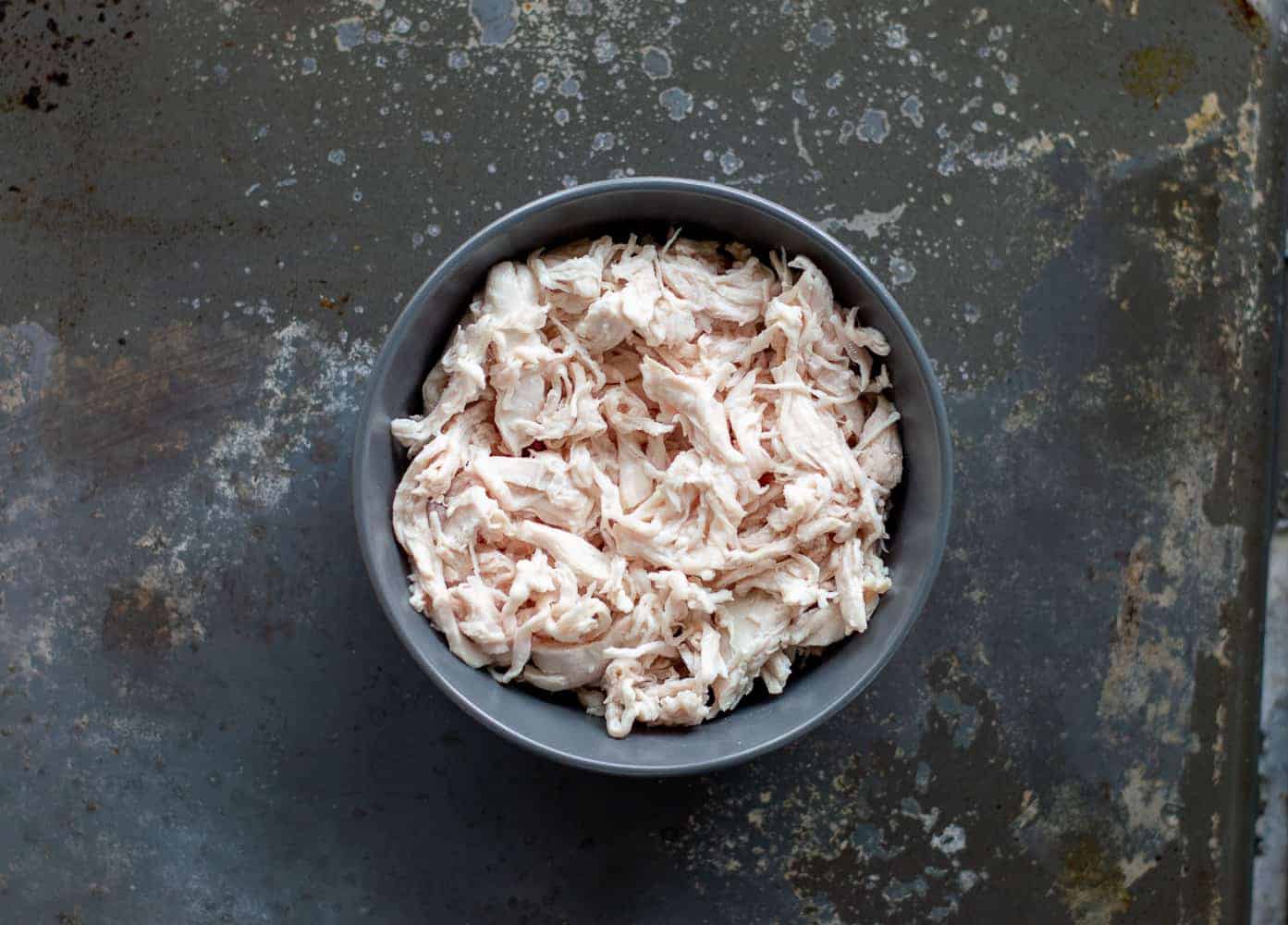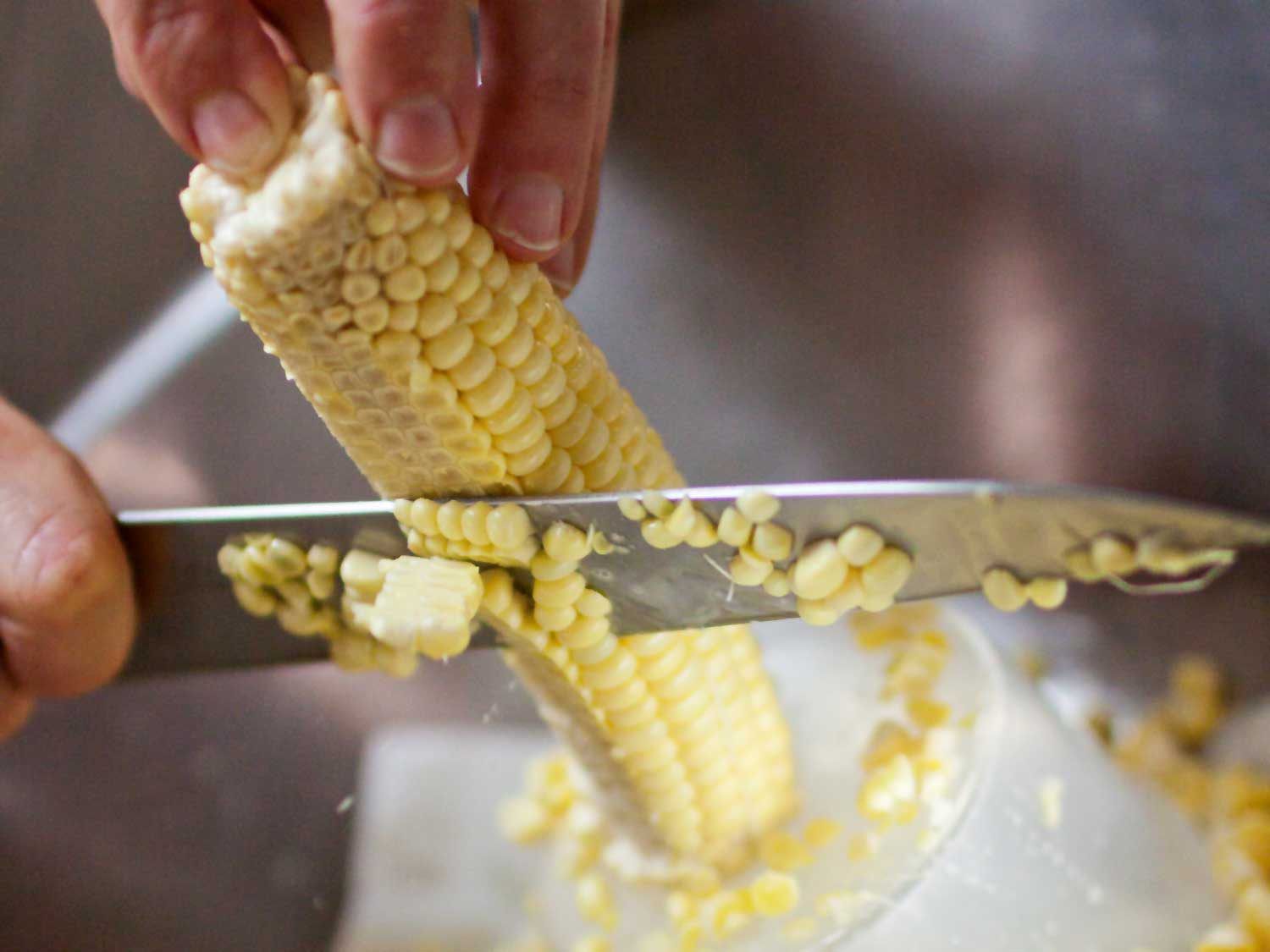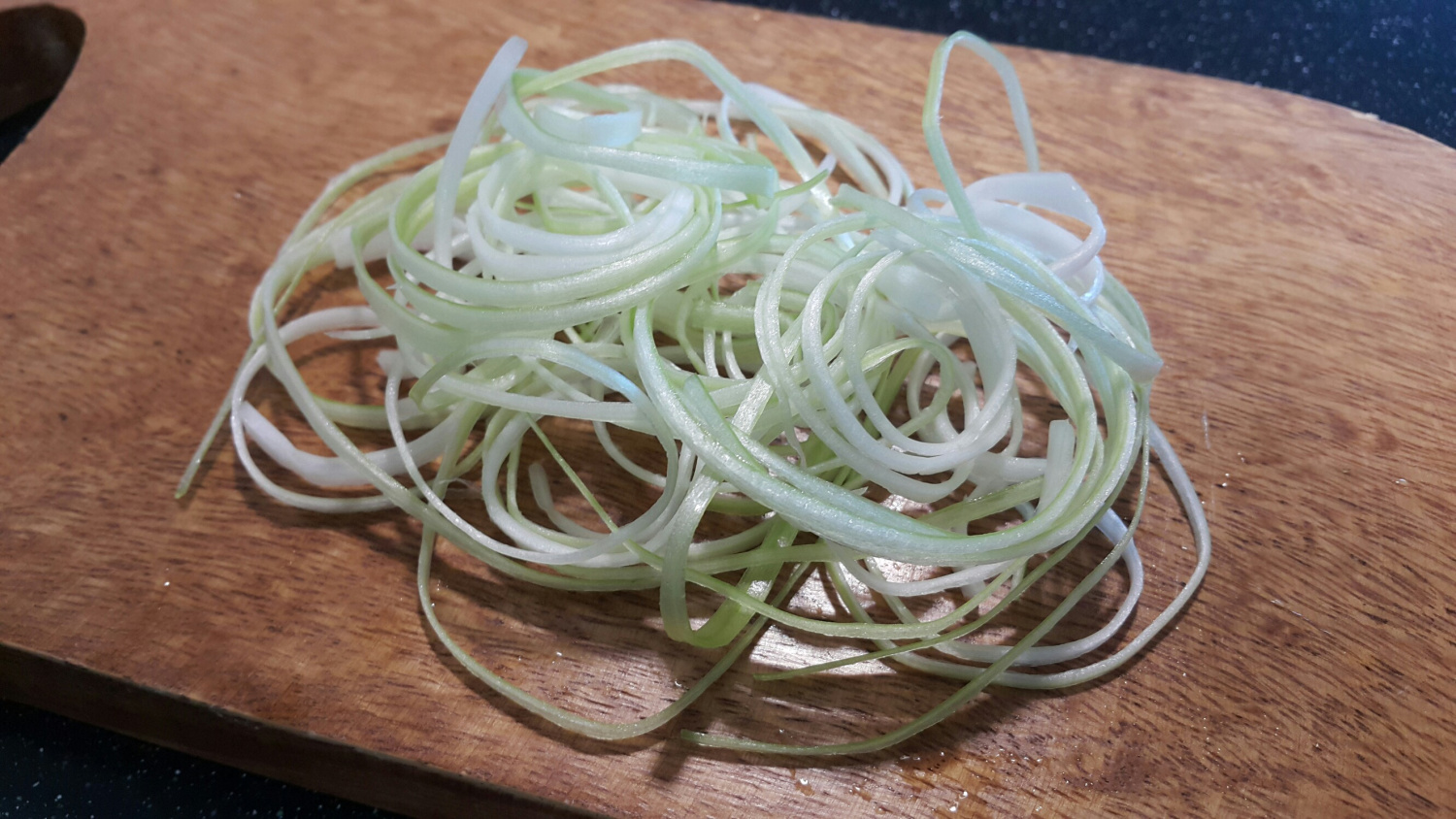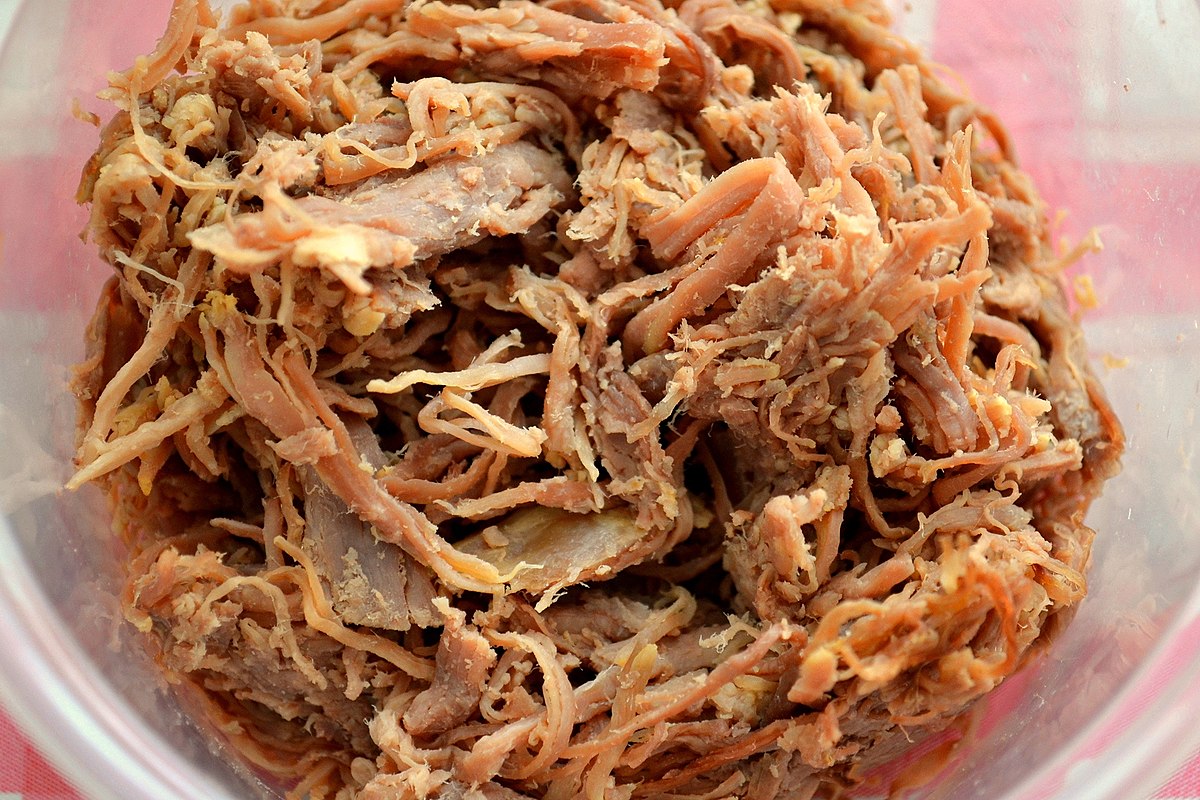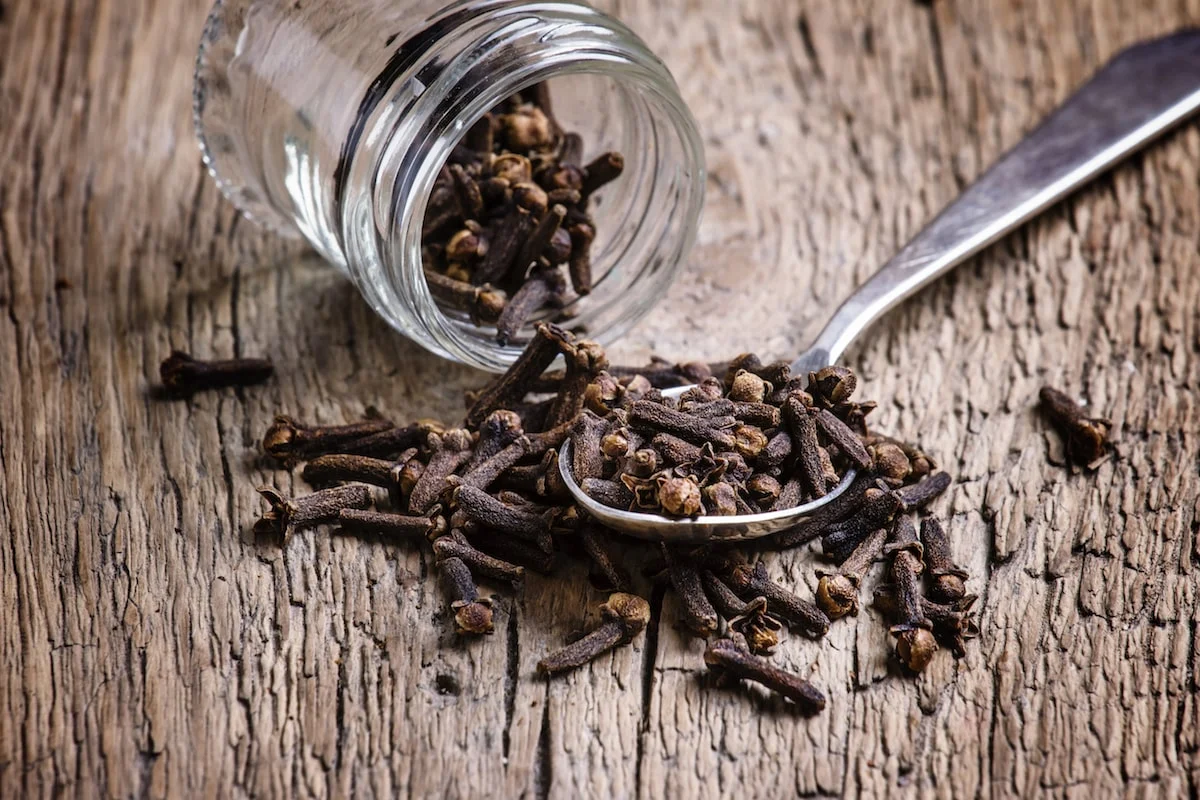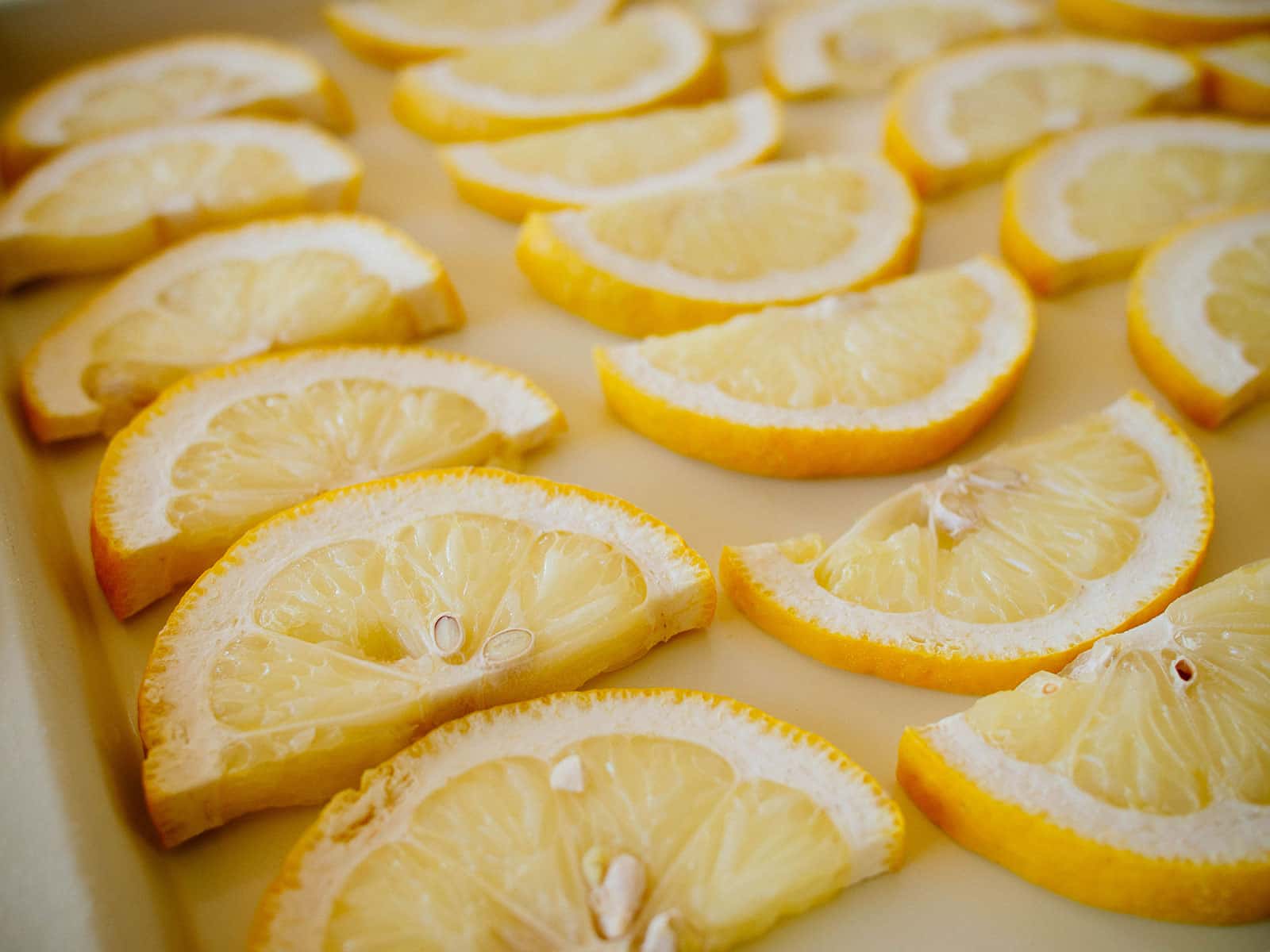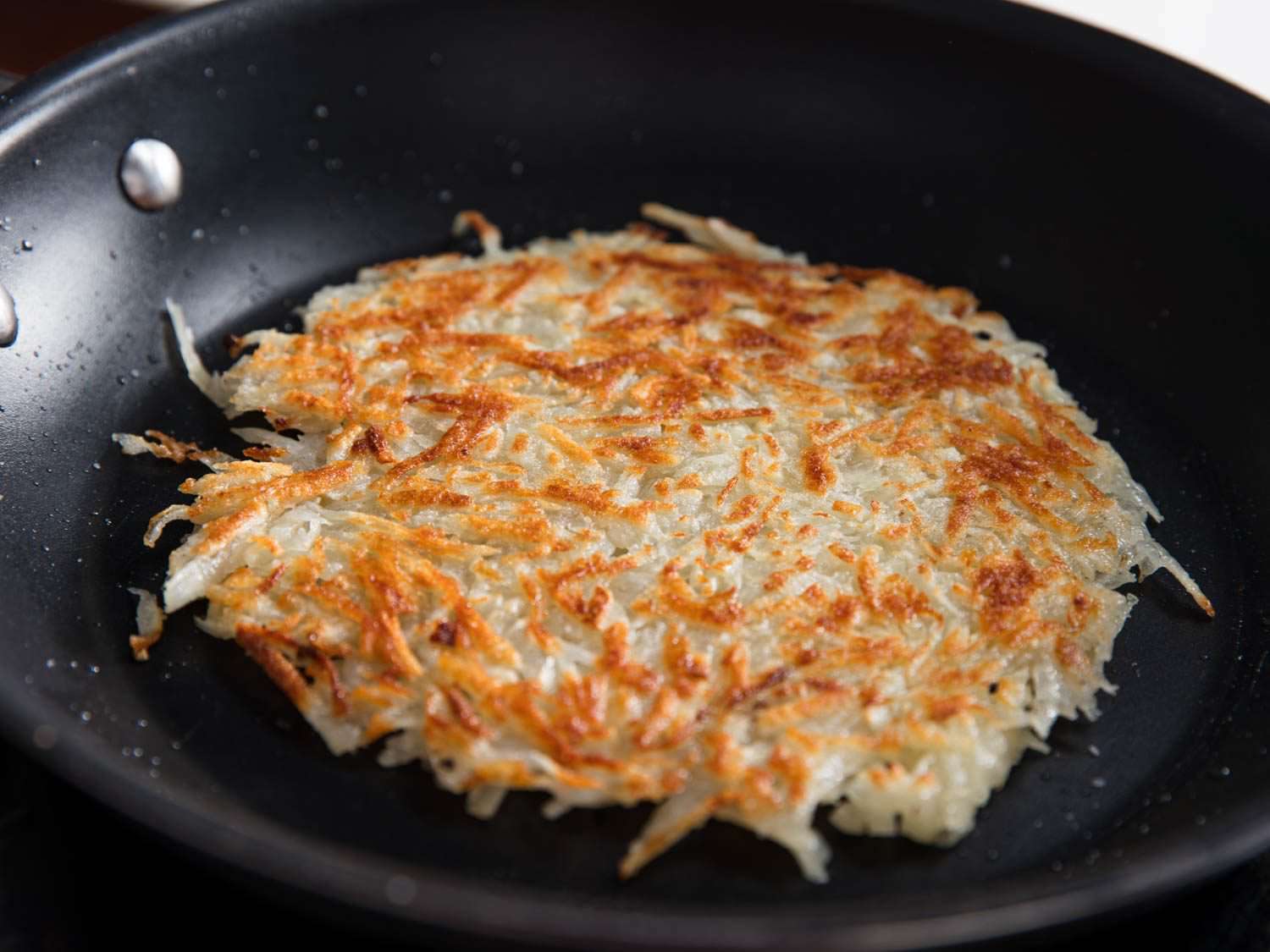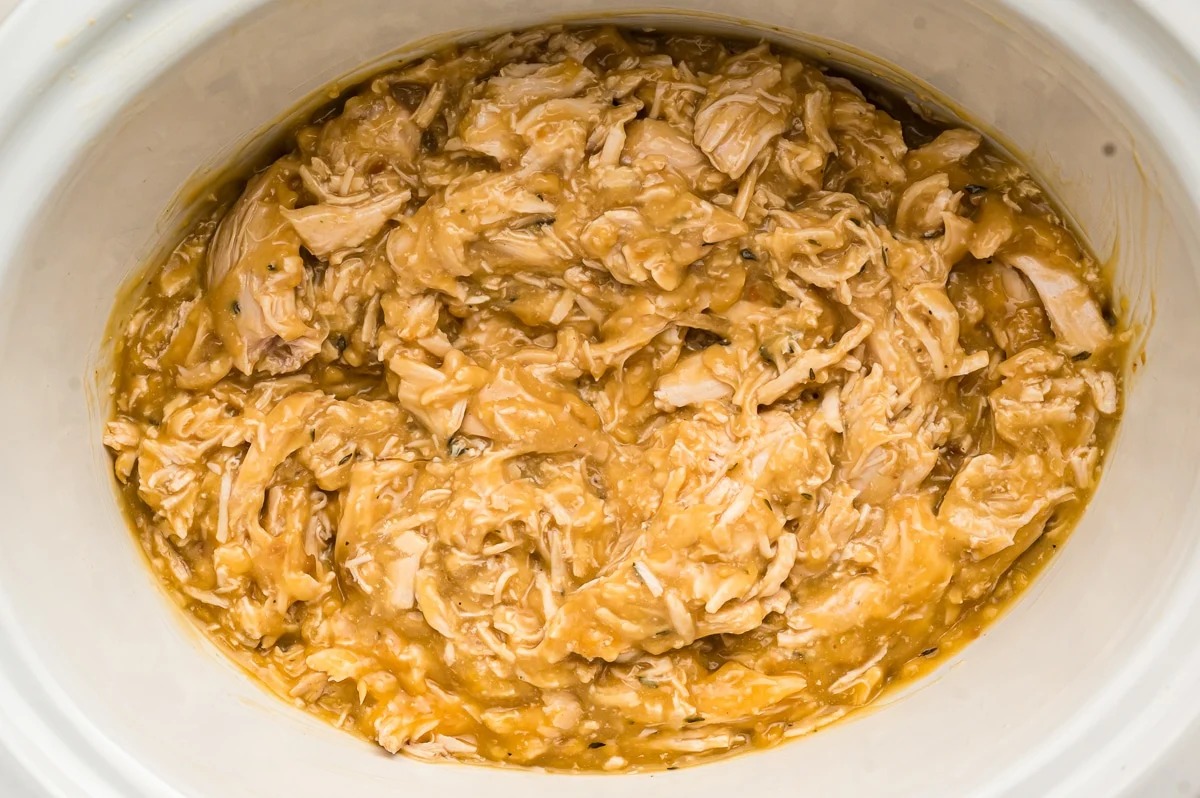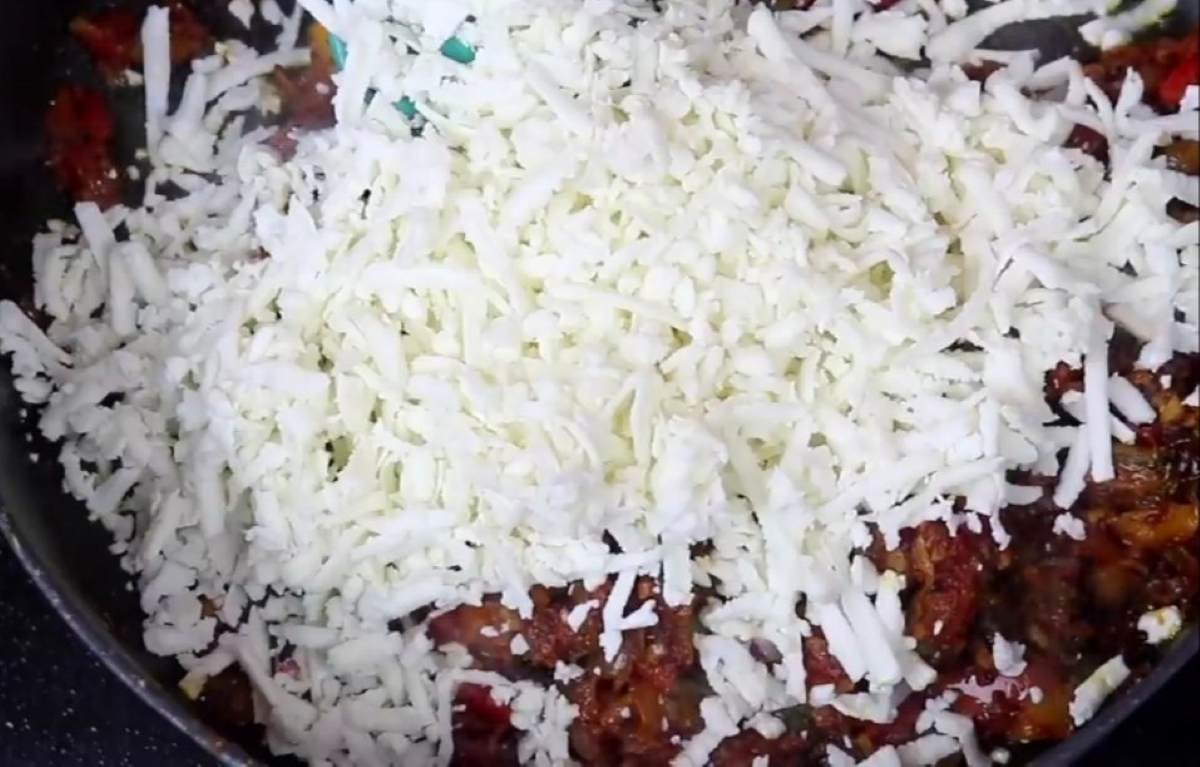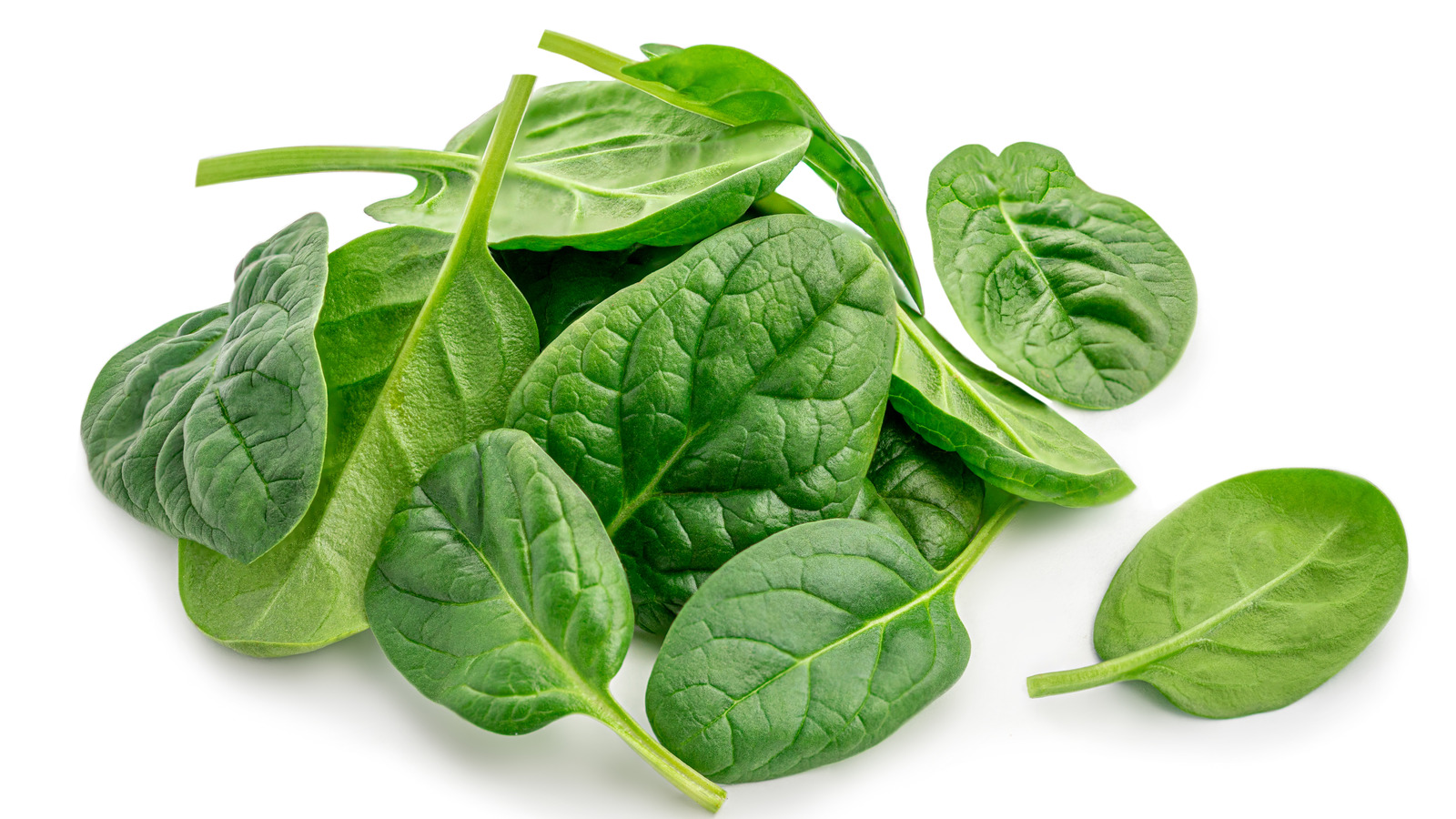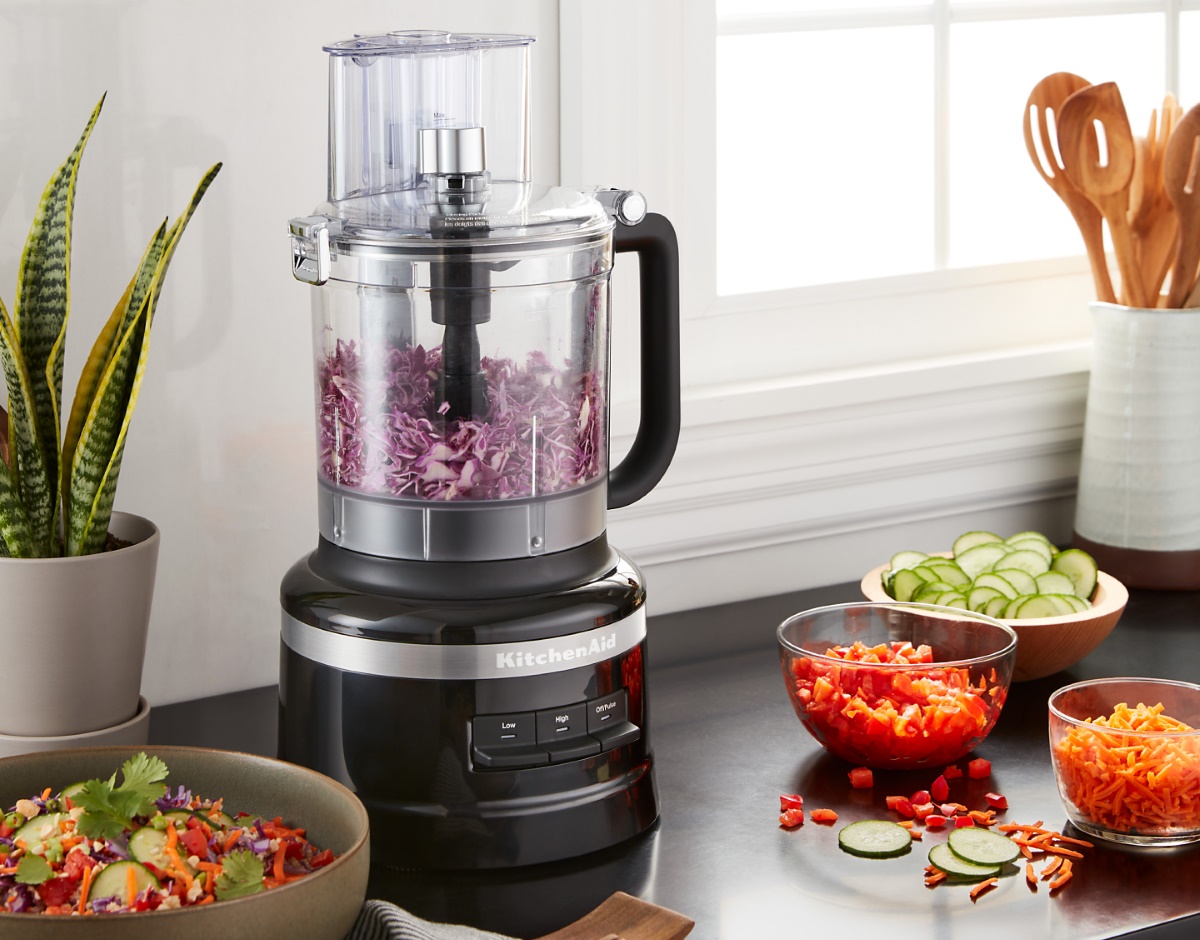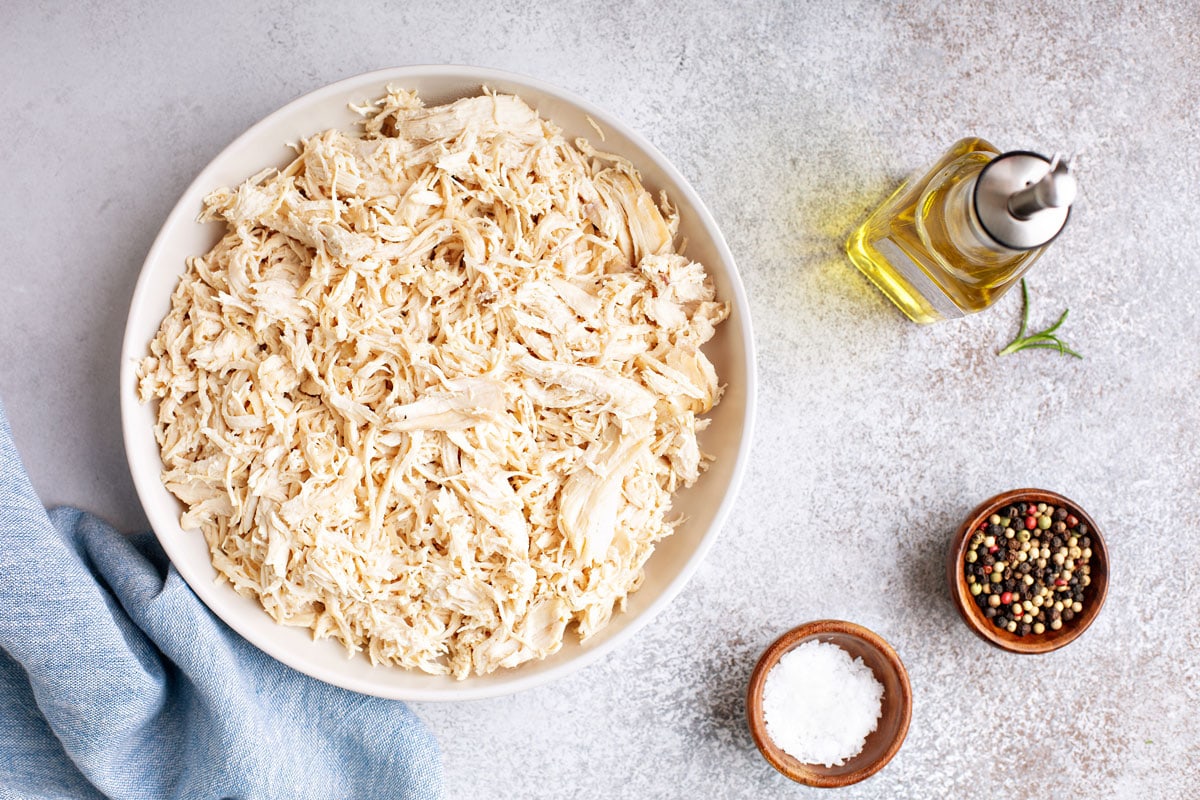Mastering the Art of Shredding Kale
Welcome to the world of kale, the leafy green superstar that has taken the health and wellness community by storm. Kale is not only packed with nutrients and antioxidants, but it’s also incredibly versatile in the kitchen. One popular way to prepare kale is by shredding it, and in this guide, we’ll walk you through the steps to achieve perfectly shredded kale every time.
Choosing the Right Kale
Before we dive into the shredding process, it’s important to start with the right type of kale. Curly kale and Lacinato kale (also known as dinosaur kale) are two of the most common varieties used for shredding. Look for fresh, vibrant bunches with crisp leaves for the best results.
Preparing the Kale
Once you have your kale, it’s time to prepare it for shredding. Follow these simple steps:
- Wash the kale leaves thoroughly under cold running water to remove any dirt or debris.
- Use a sharp knife to trim the tough stems from the kale leaves.
- Pat the leaves dry with a clean kitchen towel or paper towel to remove excess moisture.
Shredding Techniques
There are a few different methods you can use to shred kale, depending on your preference and the recipe you’re preparing. Here are two popular techniques:
Hand-Shredding
To shred kale by hand, follow these steps:
- Stack several kale leaves on top of each other.
- Roll the stack of leaves into a tight cylinder.
- Use a sharp knife to slice the kale cylinder into thin strips, creating shredded kale.
Food Processor
If you prefer a quicker method, a food processor can make the shredding process a breeze. Simply tear the kale leaves into smaller pieces and pulse them in the food processor until finely shredded.
Storing Shredded Kale
Once you’ve shredded your kale, you may not need to use it all at once. Proper storage is key to keeping your kale fresh. Place the shredded kale in an airtight container or resealable plastic bag and store it in the refrigerator. It will stay fresh for several days, ready to be used in salads, smoothies, soups, or stir-fries.
Using Shredded Kale
Now that you have a batch of freshly shredded kale, the culinary possibilities are endless. Add it to your favorite salad for a nutritious boost, toss it into a hearty soup for added texture, or blend it into a green smoothie for a refreshing drink. Shredded kale can also be sautéed with garlic and olive oil for a simple and delicious side dish.
Conclusion
Shredding kale is a simple yet valuable skill to have in your culinary repertoire. Whether you’re a seasoned chef or a kitchen novice, mastering the art of shredding kale opens up a world of healthy and delicious meal options. So, grab a bunch of kale, sharpen your knife, and get ready to enjoy the benefits of this nutrient-packed green!
Was this page helpful?
Read Next: How To Shred Lettuce And Store
